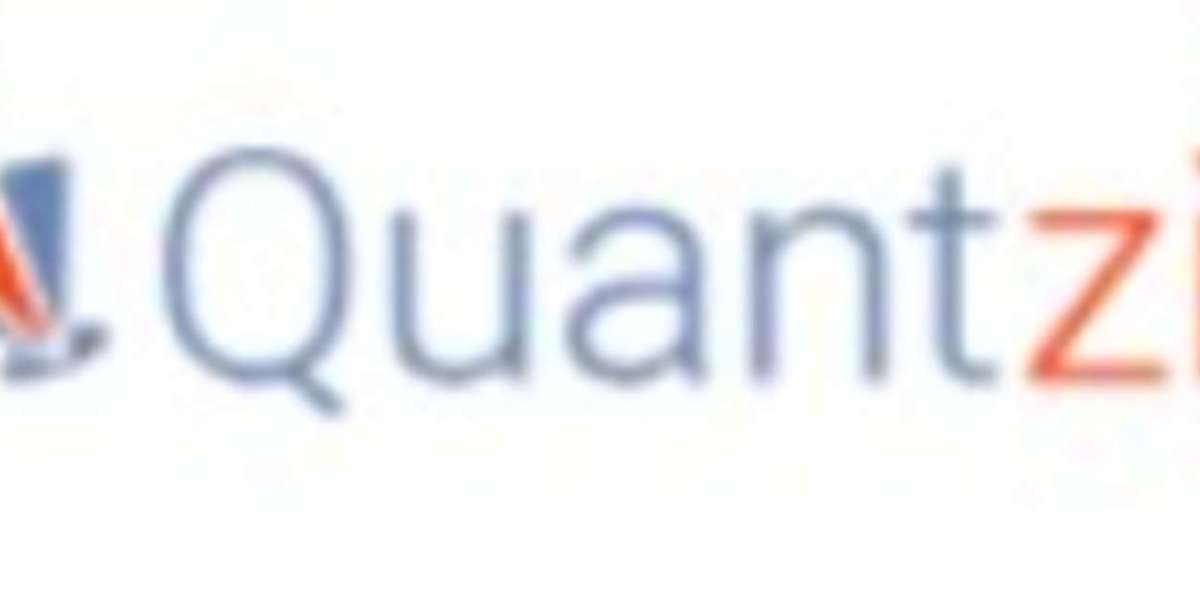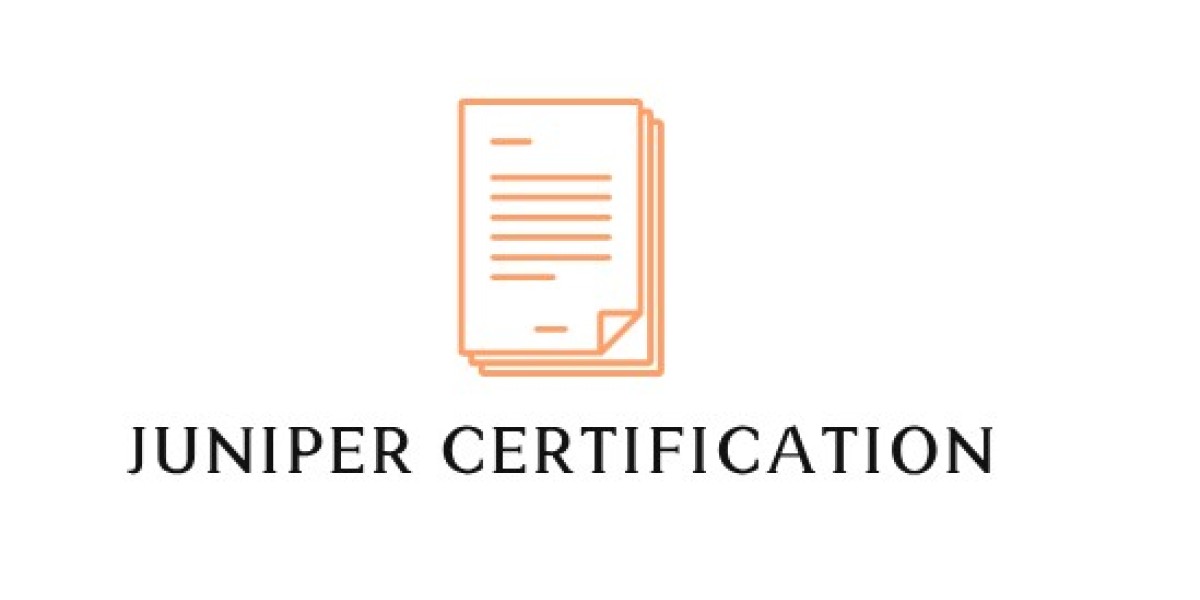Originally published by Quantzig: Establishing an Effective Vendor Evaluation Framework: Dos and Don’ts
Introduction:
In the complex landscape of today's enterprises, outsourcing pivotal operations to third-party vendors has become commonplace. To ensure these partnerships yield optimal results, businesses must implement a well-defined vendor evaluation framework. This article explores the dos and don’ts of establishing an effective vendor evaluation process, crucial for gauging performance, fostering relationships, and mitigating risks.
Why Vendor Evaluation Matters:
Vendor evaluation holds a key position on the agenda of businesses across sectors. It involves a quantifiable approach to assessing vendors based on factors such as contract compliance, cost reduction, and risk management. With an increasing portfolio of suppliers and a global expansion of businesses, a robust vendor evaluation process becomes imperative for making informed decisions and preventing substantial losses.
Amidst the evolving landscape, the COVID-19 pandemic has underscored the importance of evaluating vendors' capabilities to sustain critical operations during emergencies. Establishing a comprehensive framework that includes disaster and pandemic preparedness is now crucial.
Building a Vendor Evaluation Framework: Dos
1. Maintain a Healthy Vendor Roster:
Categorize vendors into homogenous groups based on their offerings to distinguish them efficiently.
2. Analyze Offerings Based on Needs:
Understand vendor capabilities thoroughly to identify the vendor that best aligns with your enterprise's needs.
3. Evaluate the Vendor’s Risk Profile:
Regularly review and assess the vendor’s risk management ability, particularly in terms of data security.
4. Communicate with In-House Teams:
Regularly communicate with internal teams to streamline processes and ensure smooth collaboration with vendors.
5. Set Vendor Evaluation Benchmarks:
Establish benchmarks for vendor performance evaluation, allowing ongoing tracking aligned with organizational goals.
6. Establish an Active Feedback Loop:
Create a continuous feedback loop to monitor and improve vendor performance regularly.
Vendor Evaluation Pitfalls to Avoid: Don’ts
1. Vaguely Formulated Requirements:
Unclear requirements lead to misinterpretation. Ensure clarity in expectations to receive accurate vendor responses.
2. Communication Indiscretion:
Avoid sharing sensitive information about competitors' pricing strategies, as it can jeopardize the entire evaluation process.
3. Disregarding the Proof of Concept:
Relying solely on proposals without assessing the proof of concept can lead to misjudgments of a vendor's capabilities.
Conclusion:
Crafting a successful vendor evaluation process requires adherence to best practices and avoidance of common pitfalls. By establishing a robust framework and consistently refining evaluation criteria, businesses can build enduring partnerships, mitigate risks, and navigate the complexities of supplier selection in today's dynamic business landscape.
For businesses seeking assistance in establishing a powerful vendor evaluation process, Quantzig offers expertise and tailored solutions. Request a FREE proposal to explore our capabilities.
Connect with us to explore how we can optimize the trade-off between price, volume, and profit margins for your telecom business.
About Quantzig:
Quantzig has been a leader in end-to-end data management and analytics services for over 14 years. With a proven track record of assisting 120+ clients globally, including 55+ Fortune 500 companies, Quantzig is dedicated to harnessing maximum insights for organizational competitive readiness and success.
Related Articles:
- [IoT and Big Data: A Revolution in Food Safety](#)
- [Stopping Wastage of Food with Analytics: New Twist to an Age Old Problem](#)
- [Watch Out for These Emerging E-Commerce Trends](#)
- [The Role of Predictive Analytics in Redefining Retail Operations](#)








